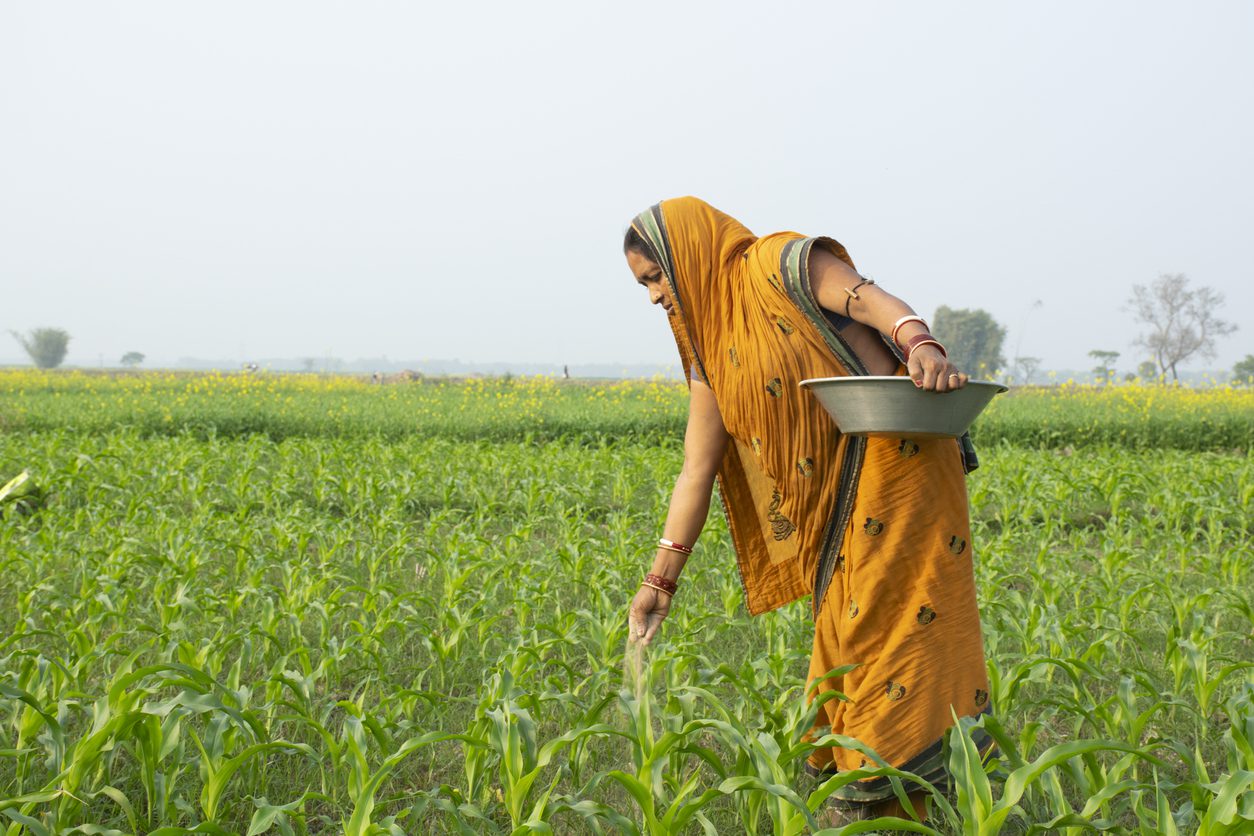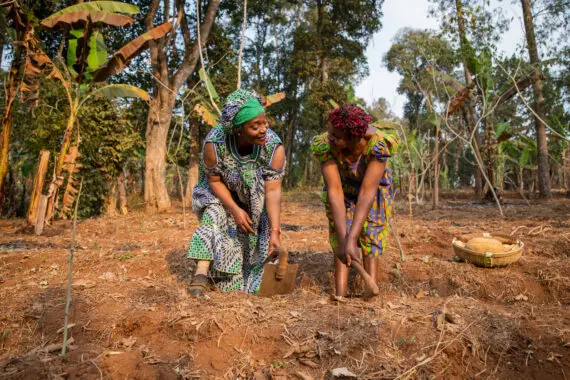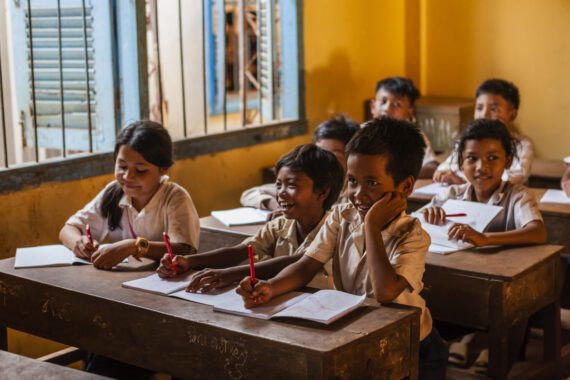The United Nations Climate Change Conference (UNFCCC COP 29) was held in Baku, Azerbaijan in November with a focus on climate finance, however, there was the need for emphasis on more gender mainstreaming to the suite of proposals.
Climate financing is a particularly dire need for women smallholder farmers struggling with droughts, floods, and other extreme weather events that pose a threat to their livelihoods and economic empowerment. Take Africa for example, a continent that is projected to enjoy a population boom in 2050 from its current 1.5 billion to 2.5 billion, with women and girls making up half this population, but only accounting for 33 percent of its GDP, putting into peril the economic wellbeing of the continent.
Additionally, this demographic faces some of the most adverse impacts of extreme weather conditions due to lack of access to the resources to address the conditions that impact the integrity of their soil, the micronutrients of their crops, and the resilience of their yields – all stumbling blocks to scaling their agricultural production to market and stimulating their local economy.
With girls, extreme weather impacts their ability to go to school because of dangerous access issues created by droughts, floods, hurricanes, and extreme heat, making it difficult for them to learn, not to mention the impact on their health.
The outcomes for COP 29 were clear: tripling finance to developing countries from $100 billion to $300 billion by 2035; scaling up annual finance from public and private sources to $1.3 trillion by 2035; presenting national climate action plans; and establishing transparency reporting and review tools.
Indeed, all these COP 29 outcomes could have encapsulated robust assessments of what it would cost to invest in women impacted by climate, for example in the agricultural sector and the resources needed to be appropriated to achieve the investment case. Specifically, national climate action plans can be a space to achieve “womanizing” climate finance objectives, country by country for instance. This is a direct way of improving the lives of smallholder farmers, especially since when a climate disaster strikes, four out of five people forced to leave their homes are women. Heartbreakingly, less than a third of the countries that have in place National Adaptation Plans explicitly mainstream gender.
A document entitled “COP agenda item 14 Gender and climate change,” also highlights where gender fared in the COP discussions. While item 14 referenced the Lima Work Programme on Gender (LWPG), most of its language was aspirational, rather than concrete on the amount of climate financing required to address the needs of women and girls, notwithstanding undisputed evidence of how climate is impacting the livelihood and food security of women and girls.
The LWPG was established in 2014 to advance gender balance and integrate gender consideration into the work of the Conference of Parties in implementing the UNFCCC and the Paris Agreement so as to achieve gender responsive climate policy and action. Given the encouraging articulation of the objective of the LWPG, it makes logical sense that climate finance should also be gender mainstreamed.
Although the enhanced gender action plan of the LWPG sets out objectives and activities that aim to advance knowledge and understanding of gender-responsive climate action and its coherent mainstreaming in the implementation of the UNFCCC and the work of Parties, United Nations entities, and all stakeholders at all levels, it falls short of articulating the financing amounts to achieve these objectives.
Without clear financing objectives such as were the case with COP 29 for other priorities, $300 billion, 1.3 trillion, etc., gender mainstreaming around, for example, climate adaptation measures in the agricultural sector, which disproportionately impacts women and girls, continue to be a policy objective without teeth.
But there is hope.
Indeed, many other global moments approach the world in 2025. It will be important for leaders seeking to womanize the climate finance space to pursue clear and pragmatic financial objectives that provide and leverage the resources needed to move the needle. These resources should also reflect an all-of-society effort, from women’s groups at the forefront, to the public and the private sector and inclusive of civil society and faith based organizations.
A seminal moment, for example, will be the thirtieth anniversary of the Fourth World Conference on Women and adoption of the Beijing Declaration and Platform for Action and the sixty-ninth session of the Commission on the Status of Women happening in March of 2025. This convening can be a crucial platform for identifying specific amounts of climate finance that enables sustainable food systems for women small holder farmers across the continent of Africa and the globe where women continue to struggle with the challenges of food insecurity due to weather shocks.
A hopeful effort at the Commission on the Status of Women convening could be factoring a thorough assessment of climate finance challenges and how this affects women and girls’ access to food security, which is key to other empowerment measures, the achievement of gender equality, and how all these put together are important towards the full realizations of the UN sustainable development goals 2, 5, and 13.
In other words, leaders working towards womanizing climate financing for food security should not wait till other global moments such as COP 30 in Brazil and other future COPs, but rather consider identifying concrete financing policy packages during other key moments – moments that are key because of the congregation of subject matter experts.
Abiola Afolayan is director, Policy and Research Institute, with Bread for the World.
Deepen your understanding of hunger’s causes and solutions – join our Institute Insights community and receive free, research-based articles like this one straight to your inbox.



